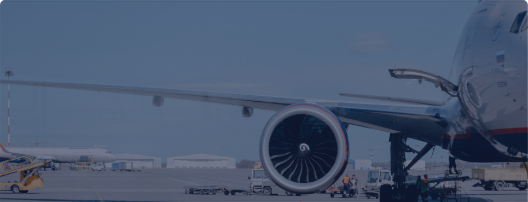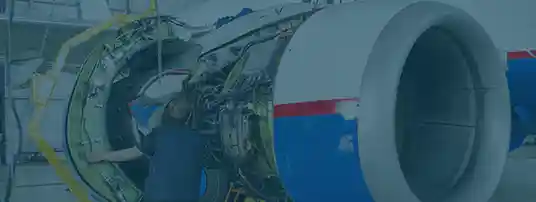Posted on September 28, 2021 linda strong jet engines
Piston engine technology has a long history for automobiles and aircraft engine assemblies, ensuring the generation of thrust and propulsion through the combustion of fuel-and-air mixtures. Since their inception, various piston engine types have come about for aircraft and automobiles, examples being in-line, rotary, V-type, radial, and horizontally opposed engines. The opposed piston engine in particular is a more specialized type, featuring cylinders that have a piston on both ends and a lack of a cylinder head.
Often used in large-scale applications, opposed piston engines have historically found implementation on naval vessels, military tanks, and within factories. When compared to more traditional two-stroke engines, opposed piston engines do not feature one piston per cylinder. With their differing construction and design, opposed piston engines reduce weight, complexity, cost, friction loss, and heat loss through the removal of the cylinder head and valvetrain. They are also well capable of achieving a uniflow-scavenged movement of gas as it moves through the combustion chamber of the engine, ensuring that various drawbacks of crossflow-scavenged designs are eliminated. Nevertheless, two opposing piston engines must have their power geared together, meaning that such assemblies would add weight and complexity that is not seen in some contemporary designs.
While opposing piston engines often vary in their construction, the most common configuration is to have two crankshafts that are geared together. When gearing, the crankshafts could be placed in the same direction or in opposing directions. To achieve the most optimal scavenging, many layouts utilized one piston per cylinder to expose intake and exhaust ports. This would allow for gas to flow axially through the cylinder instead of radially, simplifying various processes. In some variants, the upper crankshaft of the assembly would operate the exhaust pistons while a lower crankshaft would control the intake pistons.
Opposing piston engines have had a long history, the first variation coming about in 1882 as the Atkinson differential engine. Failing to meet success, other various opposed engines were invented over the years, many of which found recognition for their capabilities and for their use in automotives. By the 1900s, opposed engines began being implemented in marine applications, many models being released after World War I.
Leading into the present, opposed engines continued to find refinement as more implementation was made for locomotives and boats. In 1954, the Napier Deltic engine was released for use in military boats. With three crankshafts that were situated in each corner of the assembly, three banks of double-ended cylinders could be achieved for an equilateral triangle. Despite being a long-standing technology, opposed engines still find use in various applications to this day. For example, Cummins Inc. was recently awarded a contract by the U.S. Army in 2021 for the development of the Advanced Combat Engine (ACE), that of which is a modular and scalable diesel engine based on opposed piston technology.
Whether you are in search of parts for an opposed piston engine, auxiliary power units, an aircraft engine, or other various systems, look no further than Aviation Sourcing Solutions. On our website, customers can peruse over 2 billion new, used, obsolete, and hard-to-find items that have been sourced from thousands of leading manufacturers that we trust. Furthermore, our purchasing power and market expertise allows us to leverage time and cost savings that we pass along to our customers for their benefit. If you would like to begin with a personalized quote for your comparisons, you may receive one through the submission of a completed RFQ form as provided on our website. Get started today and see why customers steadily rely on Aviation Sourcing Solutions for all of their operational needs.

 The only independent
The only independent



“We Proudly Support Intrepid Fallen Heroes Fund that serves United States Military Personal experiencing the Invisible Wounds of War : Traumatic Brain Injury (TBI) and Post Traumatic Stress (PTS). Please visit website (www.fallenheroesfund.org) and help in their valiant effort”.
We Hope that You Will Visit Us Again the Next Time You Need Aircraft Parts and Make Us Your Strategic Purchasing Partner.
Request for Quote